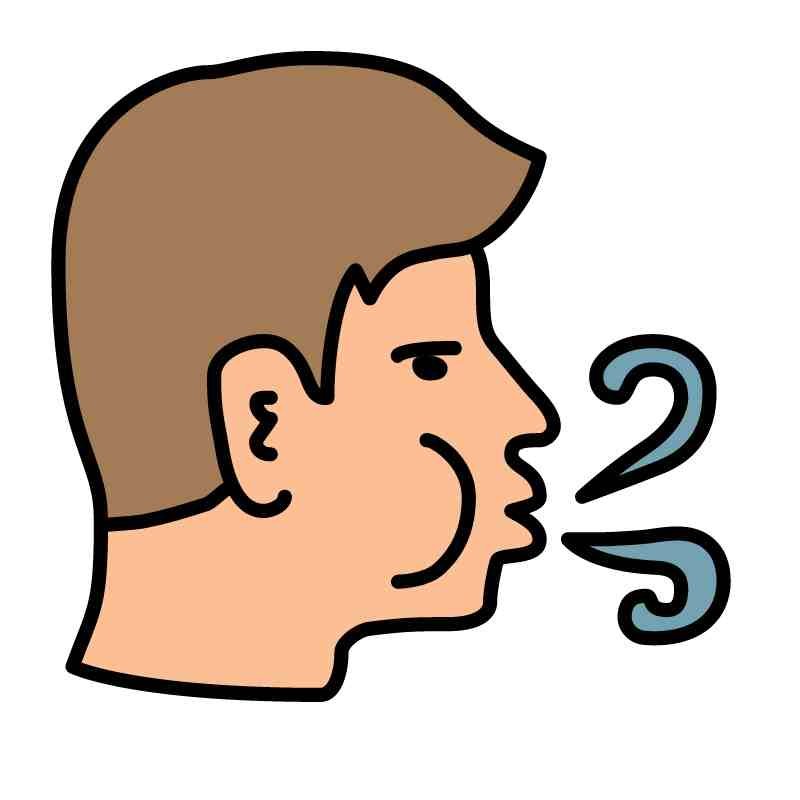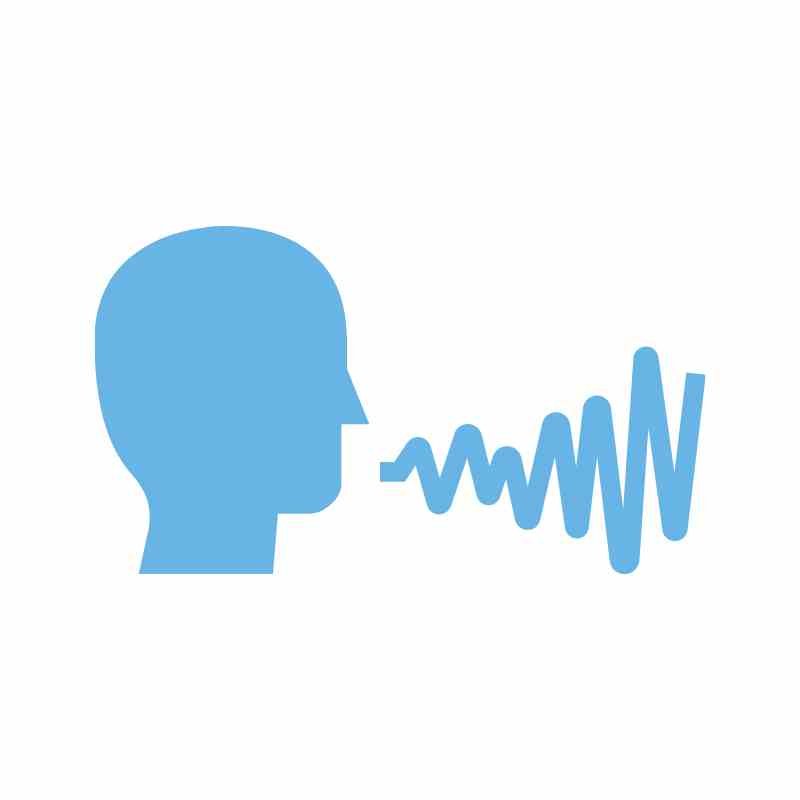In the second part of our series, let’s dive into specific semi-occluded vocal tract exercises and how to perform them correctly. One of the most popular SOVT exercises is the lip trill, which involves blowing air through closed lips to create a buzzing sound.
To perform a lip trill, take a deep breath and gently blow air through your lips while vocalizing a pitch. I find that making sure the lips are wet and pouty really increases our chances for success. This exercise helps to relax the vocal folds and improve breath support, making it an excellent warm-up for both singers and speakers.

Another highly effective SOVT exercise is straw phonation. This technique involves phonating through a small straw, which creates a high level of back pressure. To practice straw phonation, place a straw in your mouth and hum or sing through it, ensuring that you maintain a steady airflow. This exercise promotes efficient vocal fold vibration and encourages forward resonance, which can help improve vocal tone and reduce strain. For added benefit, you can experiment with different straw diameters to find the level of resistance that works best for you.
Humming is another accessible SOVT exercise that can be easily incorporated into your daily vocal routine. To perform a hum, close your lips and vocalize a pitch, feeling the vibrations in your facial mask (the area around your nose and cheeks). Humming helps to engage the resonators and can be particularly useful for warming up the voice gently.

By practicing these exercises regularly, you can develop a more balanced and resilient voice.
Stay tuned for the final part of our series, where we’ll guide you on seamlessly integrating SOVT exercises into your daily routine and share tips on tracking your vocal progress to achieve lasting improvements.






